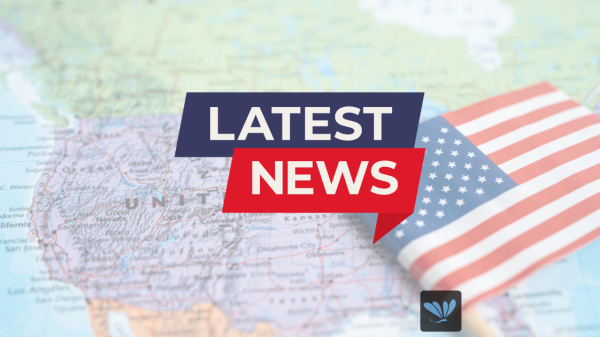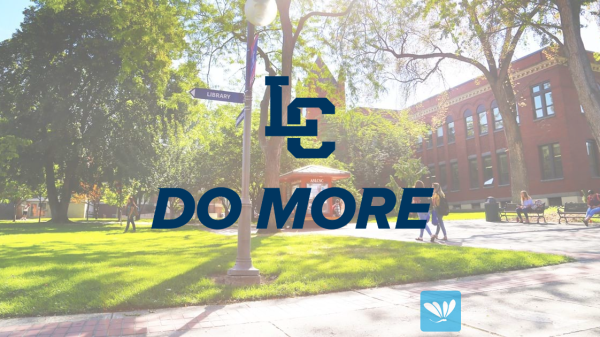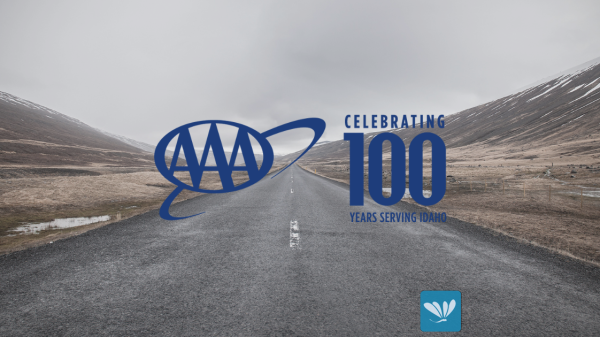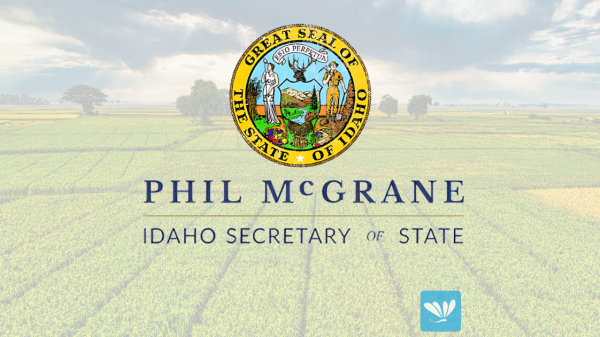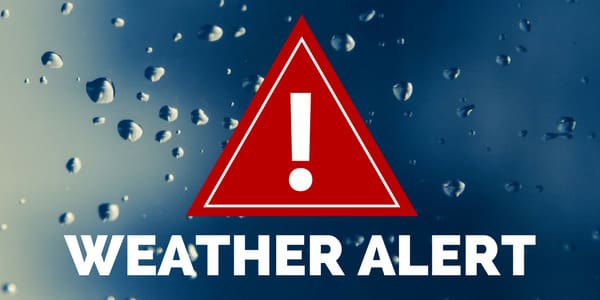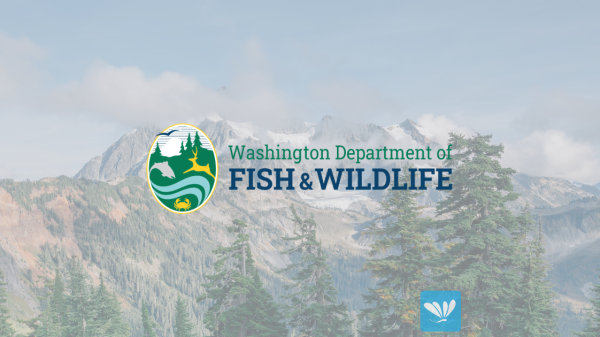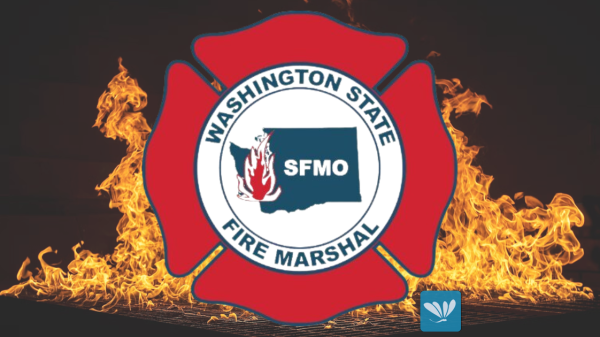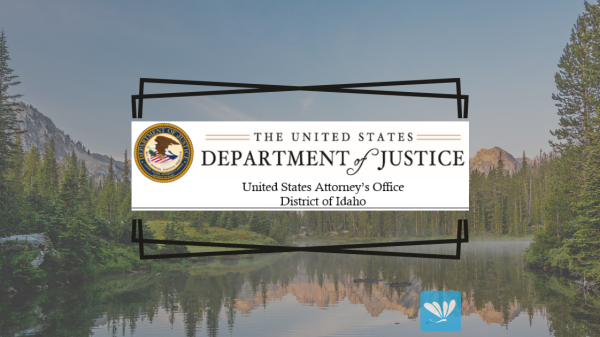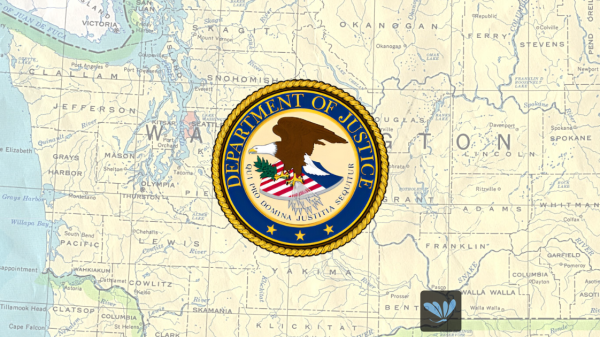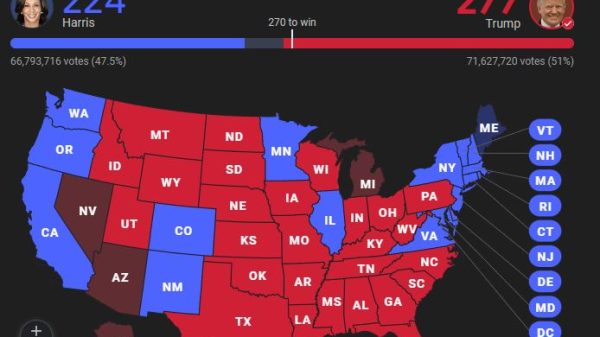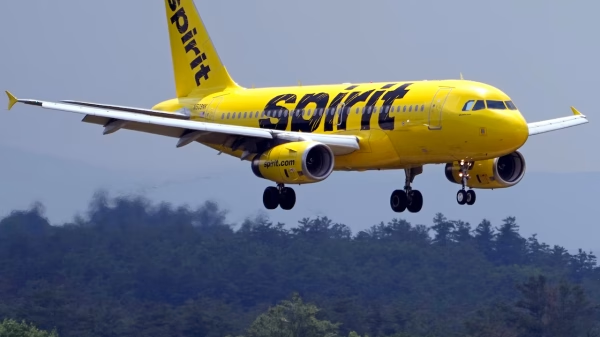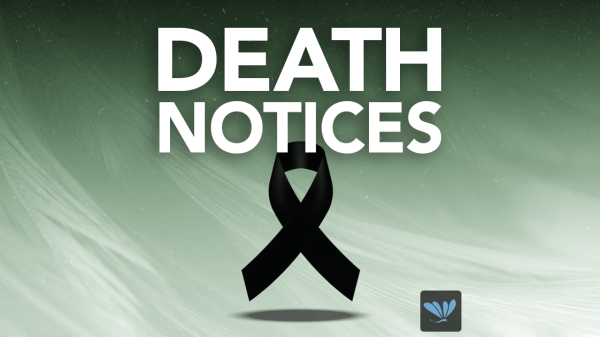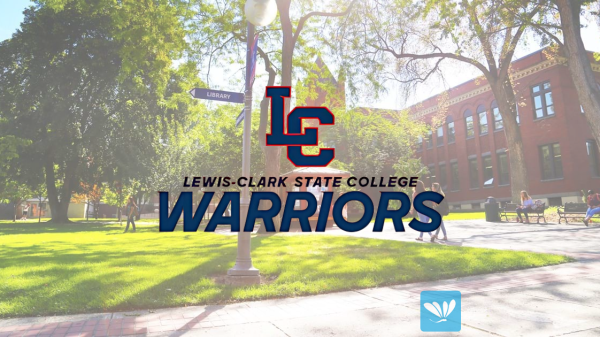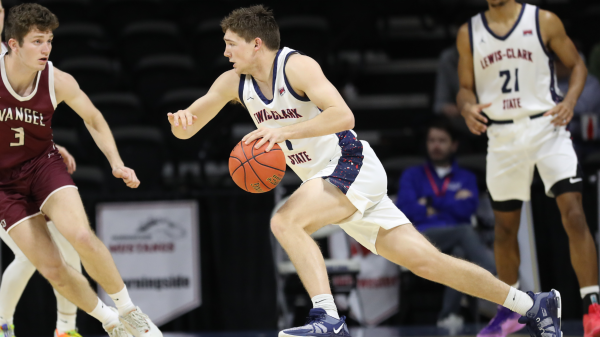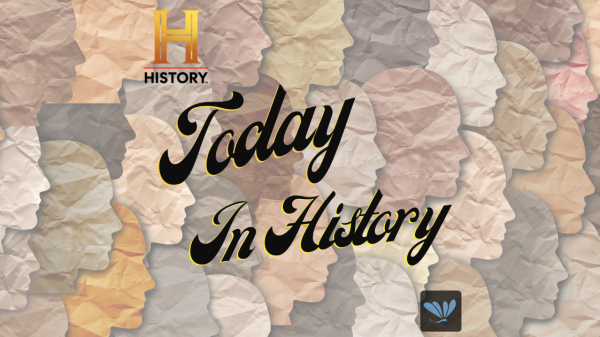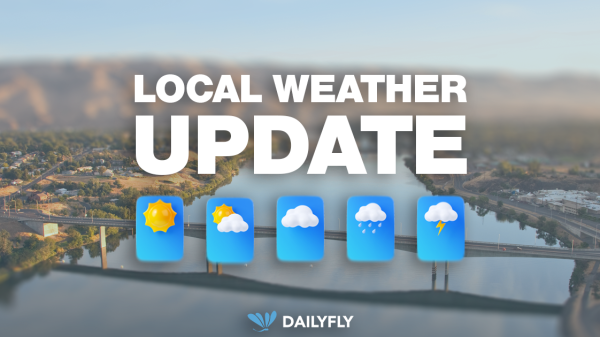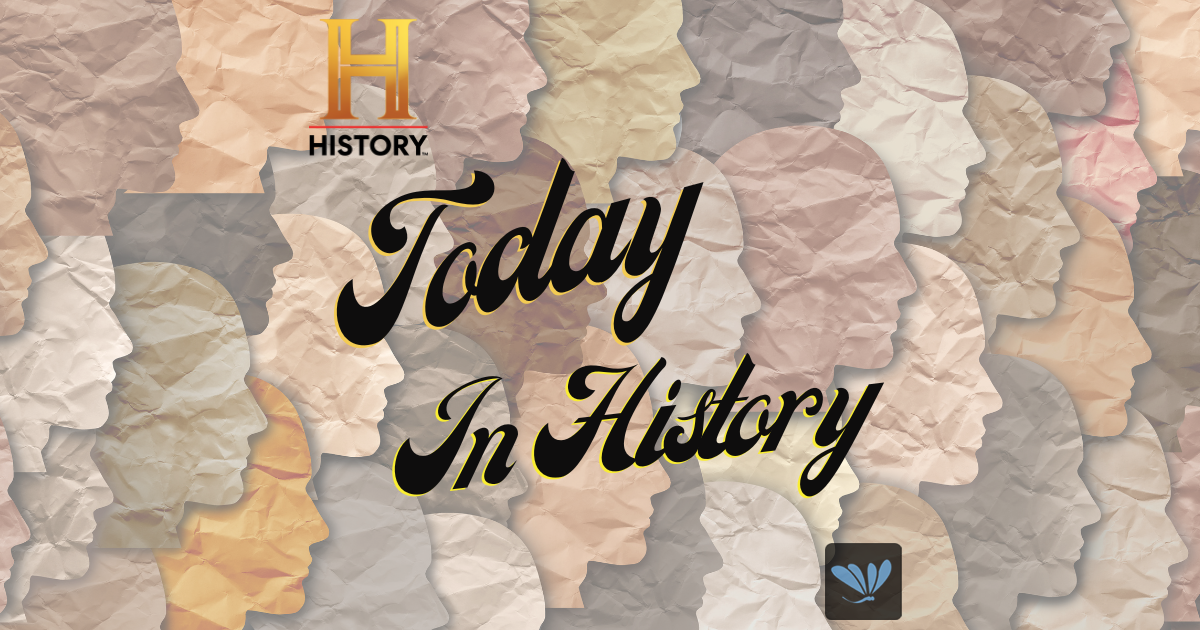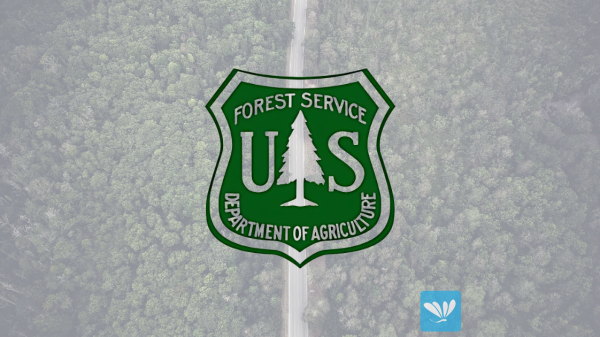On July 2, 1937, the Lockheed aircraft carrying American aviator Amelia Earhart and navigator Frederick Noonan is reported missing near Howland Island in the Pacific. The pair were attempting to fly around the world when they lost their bearings during the most challenging leg of the global journey: Lae, New Guinea, to Howland Island, a tiny island 2,227 nautical miles away, in the center of the Pacific Ocean.
The U.S. Coast Guard cutter Itasca was in sporadic radio contact with Earhart as she approached Howland Island and received messages that she was lost and running low on fuel. Soon after, she probably tried to ditch the Lockheed in the ocean. No trace of Earhart or Noonan was ever found.
Amelia Earhart was born in Atchison, Kansas, in 1897. She took up aviation at the age of 24 and later gained publicity as one of the earliest female aviators. In 1928, the publisher George P. Putnam suggested Earhart become the first woman to fly across the Atlantic Ocean. The previous year, Charles A. Lindbergh had flown solo nonstop across the Atlantic, and Putnam had made a fortune off Lindbergh’s autobiographical book We.
In June 1928, Earhart and two men flew from Newfoundland, Canada, to Wales, Great Britain. Although Earhart’s only function during the crossing was to keep the plane’s log, the flight won her great fame, and Americans were enamored of the daring young pilot. The three were honored with a ticker-tape parade in New York, and “Lady Lindy,” as Earhart was dubbed, was given a White House reception by President Calvin Coolidge.
Earhart wrote a book about the flight for Putnam, whom she married in 1931, and gave lectures and continued her flying career under her maiden name. On May 20, 1932, she took off alone from Newfoundland in a Lockheed Vega on the first solo nonstop transatlantic flight by a woman. She was bound for Paris but was blown off course and landed in Ireland on May 21 after flying more than 2,000 miles in just under 15 hours. It was the fifth anniversary of Lindbergh’s historic flight, and before Earhart no one had attempted to repeat his solo transatlantic flight. For her achievement, she was awarded the Distinguished Flying Cross by Congress. Three months later, Earhart became the first woman to fly solo nonstop across the continental United States.
In 1935, in the first flight of its kind, she flew solo from Wheeler Field in Honolulu to Oakland, California, winning a $10,000 award posted by Hawaiian commercial interests. Later that year, she was appointed a consultant in careers for women at Purdue University, and the school bought her a modern Lockheed Electra aircraft to be used as a “flying laboratory.”
On March 17, 1937, she took off from Oakland and flew west on an around-the-world attempt. It would not be the first global flight, but it would be the longest–29,000 miles, following an equatorial route. Accompanying Earhart in the Lockheed was Frederick Noonan, her navigator and a former Pan American pilot. After resting and refueling in Honolulu, the pair prepared to resume the flight. However, while taking off for Howland Island, Earhart ground-looped the plane on the runway, perhaps because of a blown tire, and the Lockheed was seriously damaged. The flight was called off, and the aircraft was shipped back to California for repairs.
In May, Earhart flew the newly rebuilt plane to Miami, from where Noonan and she would make a new around-the-world attempt, this time from west to east. They left Miami on June 1, and after stops in South America, Africa, India, and Southeast Asia, they arrived at Lae, New Guinea, on June 29. About 22,000 miles of the journey had been completed, and the last 7,000 miles would all be over the Pacific Ocean. The next destination was Howland Island, a tiny U.S.-owned island that was just a few miles long. The U.S. Department of Commerce had a weather observation station and a landing strip on the island, and the staff was ready with fuel and supplies. Several U.S. ships, including the Coast Guard cutter Itasca, were deployed to aid Earhart and Noonan in this difficult leg of their journey.
As the Lockheed approached Howland Island, Earhart radioed the Itasca and explained that she was low on fuel. However, after several hours of frustrating attempts, two-way communication was only briefly established, and the Itasca was unable to pinpoint the Lockheed’s location or offer navigational information. Earhart circled the Itasca‘s position but was unable to sight the ship, which was sending out miles of black smoke. She radioed “one-half hour fuel and no landfall” and later tried to give information on her position. Soon after, contact was lost, and Earhart presumably tried to land the Lockheed on the water.
If her landing on the water was perfect, Earhart and Noonan might have had time to escape the aircraft with a life raft and survival equipment before it sank. An intensive search of the vicinity by the Coast Guard and U.S. Navy found no physical evidence of the fliers or their plane.








